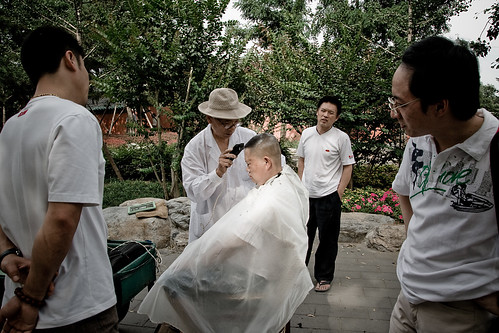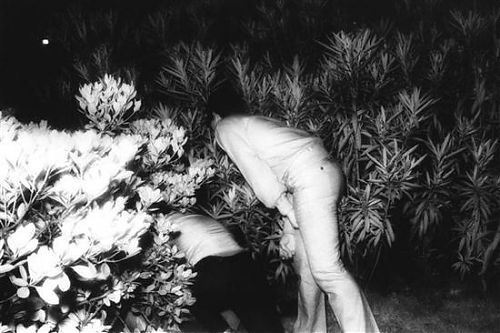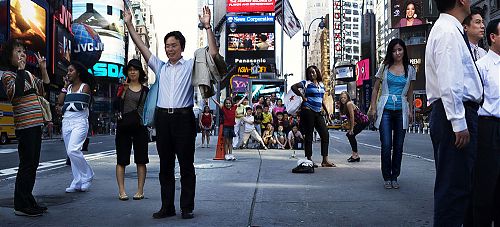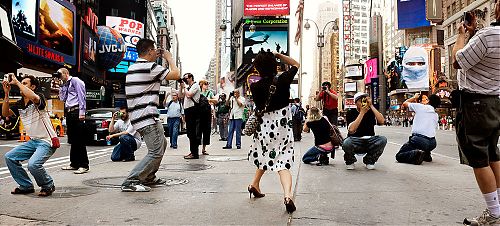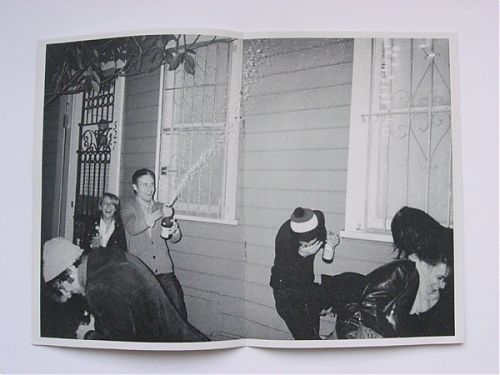Sitting in my apartment a few days ago, I felt a strong desire to look at Hamburger Eyes, a San Francisco photo magazine. (The SF photo magazine.) Maybe I could have found a few images online, but I wanted to hold the printed article in my hands. It’s funny to think I was so cynical about Hamburger Eyes when I first started writing about it. Now I can’t think of anything fresher, pick it up if you don’t have it yet.

I was going to Shibuya so I stopped off at my favorite place to kill time there, LOGOS bookstore. Shibuya is always a zoo, and LOGOS is a good place to take a mental break. (As it happened, they were showing off a bunch of Daido Moriyama stuff.) I wasn’t thinking about chasing down Hamburger Eyes, I just wanted to flip through some photo books and magazines. Once I got there and started poking around, though, I remembered that I’d seen Hamburger Eyes there before. Sure enough, the pride of SF was still in stock.
It’s enjoyable to pick up a copy of a book that you already own, but haven’t seen in a while. This time I enjoyed looking at “Most Beautiful Apes,” a series of photos from San Francisco in the 1970s. Stefan Simikich’s snapshots really grabbed me too. Hamburger Eyes is totally wide open, there’s no visual dogma but you can see a common spirit behind the photos, like a really intense curiosity which could lead you anywhere. It felt good to look at, and I was ready to delve into the rest of what LOGOS had to offer.

One shelf down, “I Heart Magazine,” an NYC publication which has the words “Street Photography” printed on the cover. This is sort of cool, but the question “what is street photography?” isn’t one that can be answered so easily, as these discussions will show. So this didn’t really bode well, and the stuff inside looks all the same, as if the photographers were working from some template of what a “street photograph” should look like, namely: between 1 and 4 people should be in the frame, the subject should be in the center, all subjects should be within 10ft of the photographer, and the subject should be somehow kinda “zany,” like a girl flashing the photog in a supermarket or a dog in a stroller (!). The evidence is on the site.
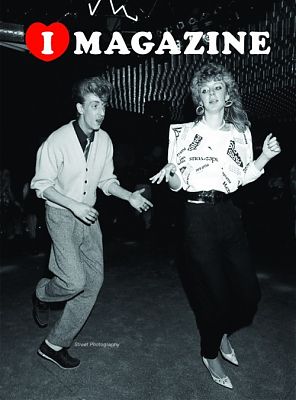
After looking at Hamburger Eyes, this was like drinking plain water to wash down a delicious taco.
Later I flipped through Hiroh Kikai’s Asakusa Portraits. There’s an interview with Kikai at the front, it sounds like he’s basically ignored here. He has almost never exhibited in Tokyo, but for 30 years he’s been making portraits in Asakusa. His work is served well by great titles, like “A man who muttered under his breath, ‘That’s an expensive camera,’” or “A man who traveled a long distance to eat eel.”


